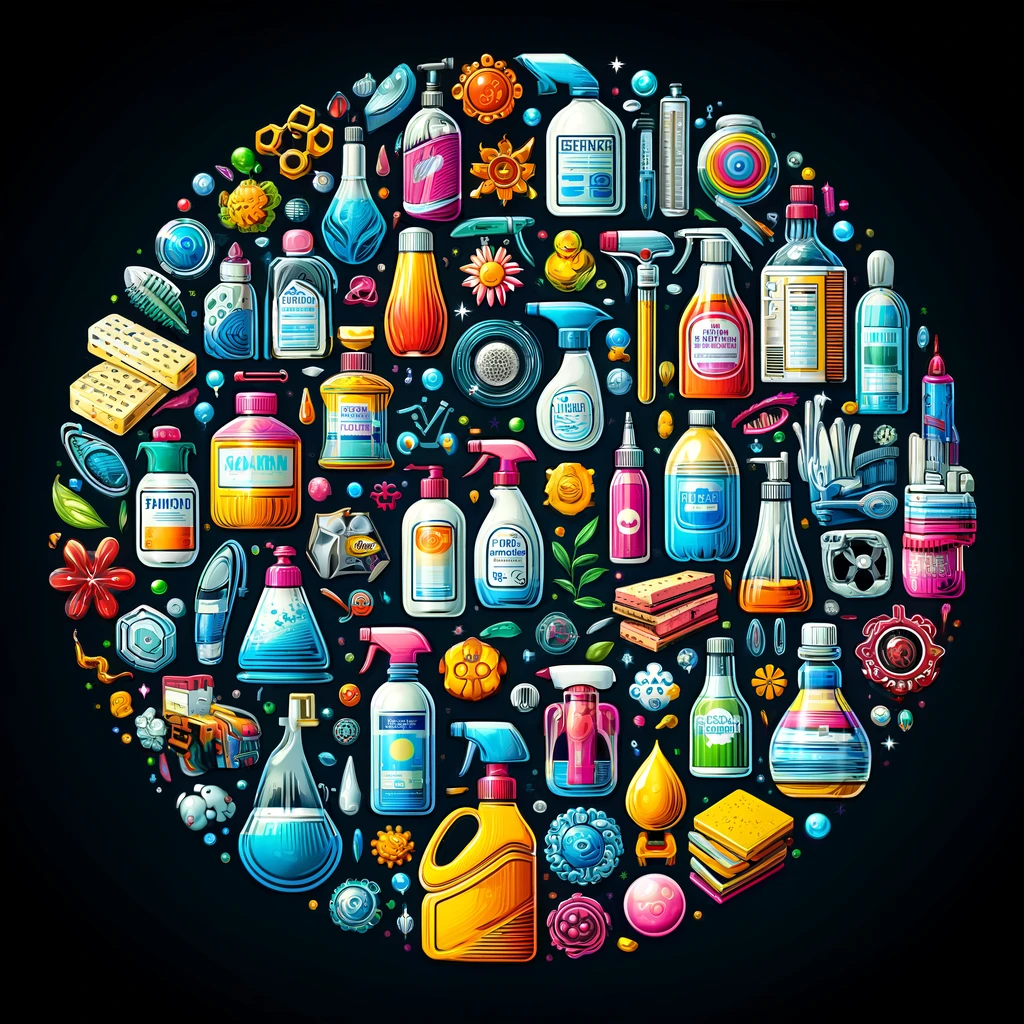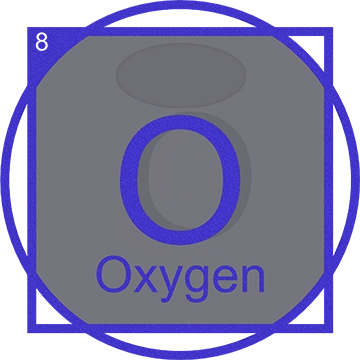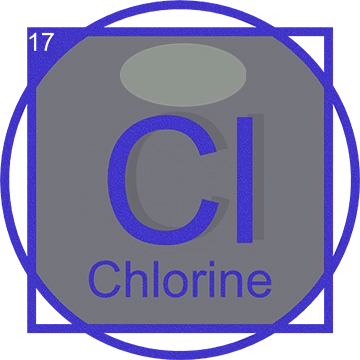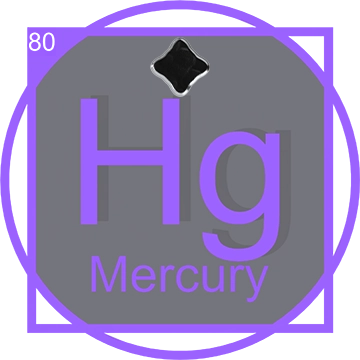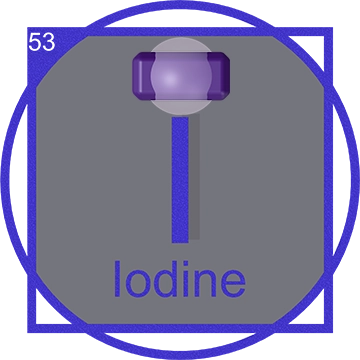Cleaning and Disinfection: Elemental Roles and Innovations
Cleaning and Disinfection: An Introduction
Understanding the role of elements in cleaning and disinfection processes is key to developing more effective and safer products. This article explores the critical roles that elements play in sanitation from a historical, present, and future perspective. By examining the effectiveness of various elements across time, we gain insights into how elemental properties have been harnessed to improve public health outcomes and hygiene standards globally.
Cleaning and Disinfection: A Historical Perspective

The history of cleaning and disinfection can be traced back to ancient times when early civilizations used simple salts and alcohols for their antimicrobial properties. With the discovery of the periodic table, scientists began to understand the chemical properties that make certain elements effective disinfectants. This knowledge significantly influenced the development of more sophisticated cleaning agents and methods, paving the way for modern hygienic practices.
Current Cleaning and Disinfection Practices
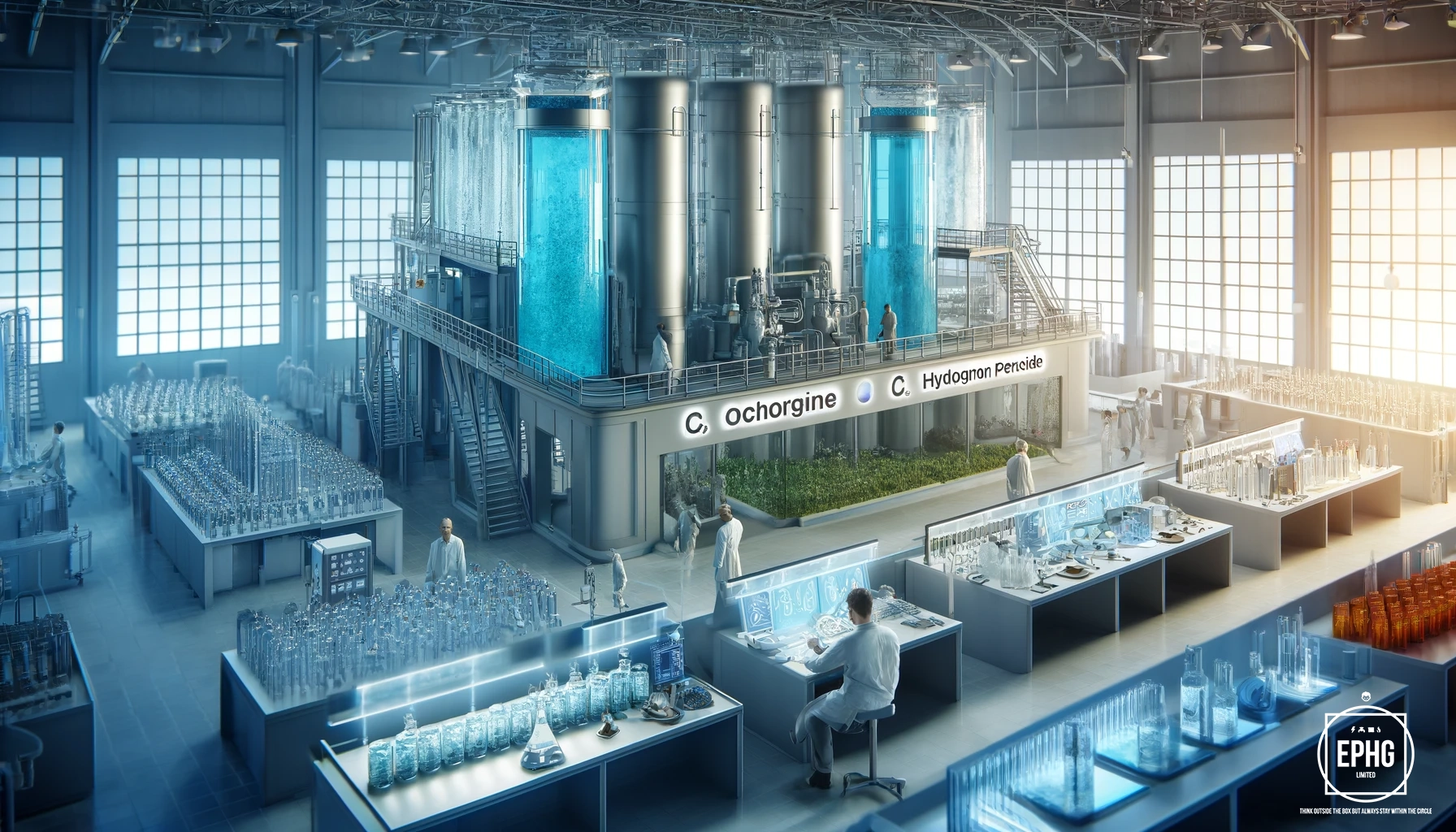
Modern cleaning and disinfection heavily rely on elements such as chlorine and oxygen. Chlorine-based compounds are prevalent in water purification and surface disinfection due to their potent germicidal effects. Oxygen, in the form of ozone or hydrogen peroxide, is used for its strong oxidizing properties which effectively destroy pathogens. These methods underscore the ongoing importance of elemental chemistry in maintaining high sanitation standards.
Future Cleaning and Disinfection Directions

Looking forward, the focus is on developing non-toxic and environmentally friendly disinfection methods. Innovations include the use of silver and copper for their long-lasting antimicrobial effects, which offer great promise in reducing environmental contamination. Nanotechnology is also being explored to enhance the efficacy of these elemental disinfectants, utilizing ultra-small particles to target pathogens more efficiently. The goal is to achieve high efficacy in pathogen elimination while minimizing environmental and health impacts, ensuring that future generations inherit a safer, cleaner world.
The Role of the Periodic Table in Cleaning and Disinfection
The periodic table remains fundamental in identifying and understanding the antimicrobial properties of various elements. Research into elements like copper and zinc has led to advancements in antimicrobial surfaces that are crucial in healthcare and public spaces to prevent the spread of infection. These developments reflect an ongoing commitment to leveraging elemental science in the pursuit of public health safety.
Cleaning and Disinfection: Technological Advancements and Automation

Technological advancements are revolutionizing the cleaning and disinfection industry. Automation and robotics, for example, are being increasingly employed to ensure precise and consistent application of disinfectants, especially in environments where the risk of infection is high, such as hospitals and laboratories. These technologies allow for more thorough and frequent cleaning without increasing labor costs or human exposure to pathogens. Moreover, the integration of IoT (Internet of Things) in disinfection systems enables real-time monitoring of environmental cleanliness, further enhancing the effectiveness of cleaning protocols.
Cleaning and Disinfection: The Impact of Regulation and Standards
As the demand for more effective cleaning and disinfection methods grows, so too does the role of regulatory bodies in shaping these practices. Governments and international organizations establish standards that ensure the safety and efficacy of disinfection products. These regulations not only protect public health but also drive innovation in the industry by requiring manufacturers to meet stringent safety and performance benchmarks. This dynamic interplay between regulation and innovation helps guarantee that new disinfection technologies are both safe for consumers and effective against a broad spectrum of pathogens.
Cleaning and Disinfection: Educational Initiatives and Public Awareness
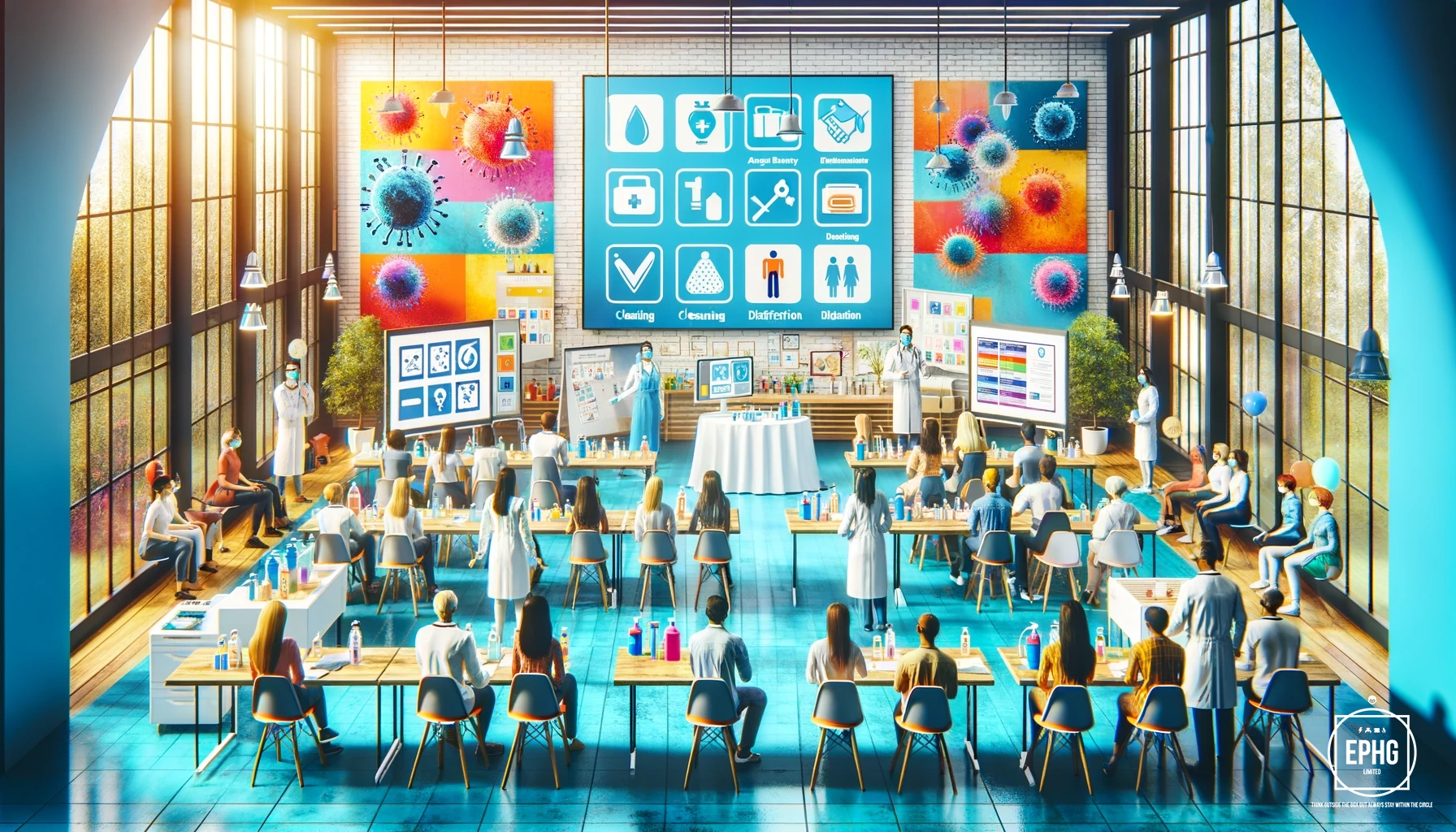
Educational initiatives play a crucial role in enhancing the effectiveness of cleaning and disinfection practices. By raising public awareness about the importance of hygiene and proper disinfection techniques, health organizations and educational bodies can significantly reduce the incidence of infectious diseases. Programs designed to educate the public about the risks of inadequate disinfection and how to use cleaning products safely are vital in cultivating a culture of cleanliness that can lead to healthier communities worldwide.
Cleaning and Disinfection: The Economic Impact
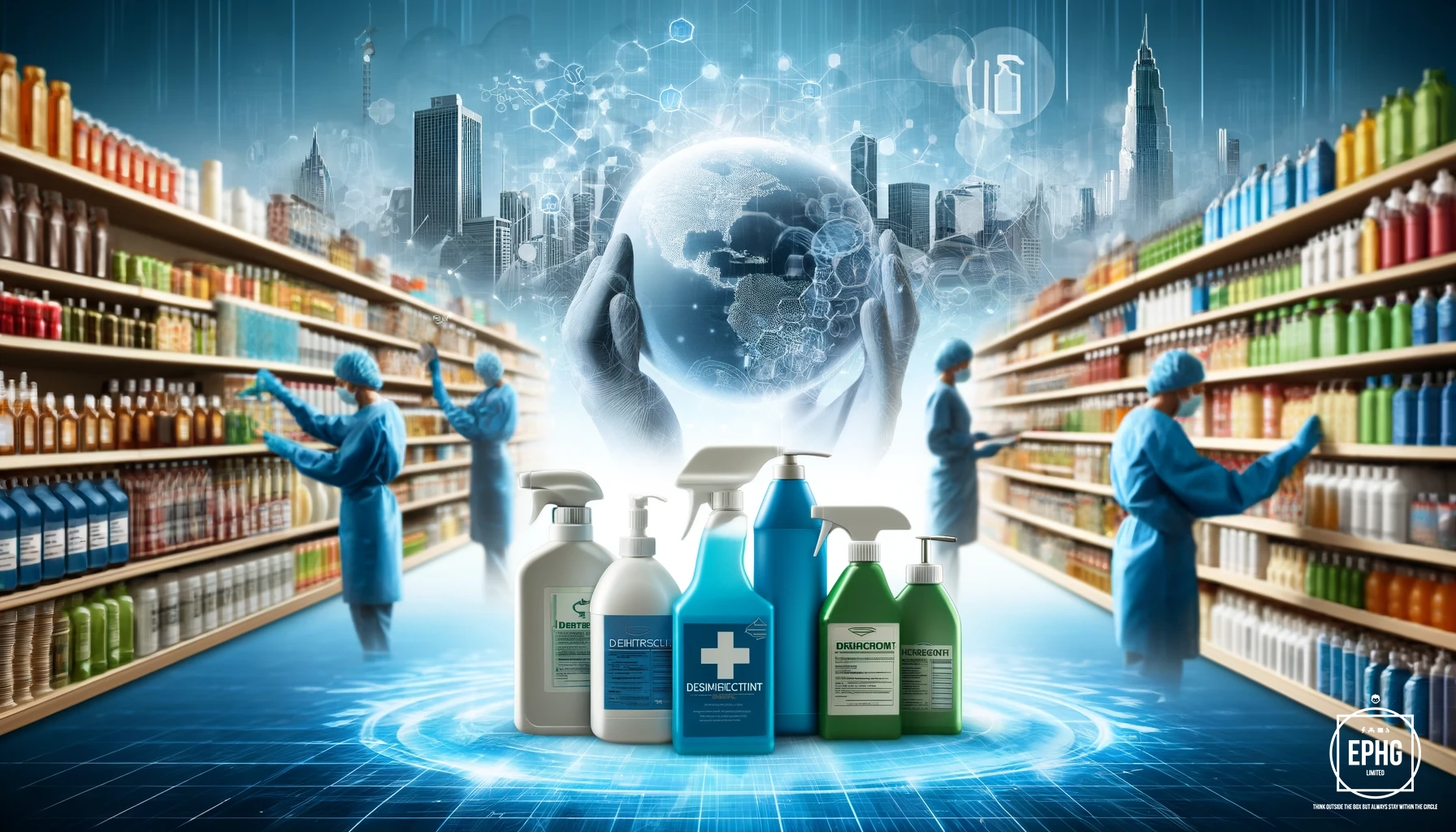
The economic impact of cleaning and disinfection is profound, influencing various sectors from healthcare to retail. Effective cleaning protocols can reduce healthcare-associated infections (HAIs), leading to significant cost savings for healthcare facilities. In the retail sector, maintaining a clean environment not only ensures compliance with health regulations but also enhances customer satisfaction and loyalty. The cleaning industry itself is a major employer and a dynamic component of the global economy, with continuous growth driven by the unending need for hygiene and sanitation.
